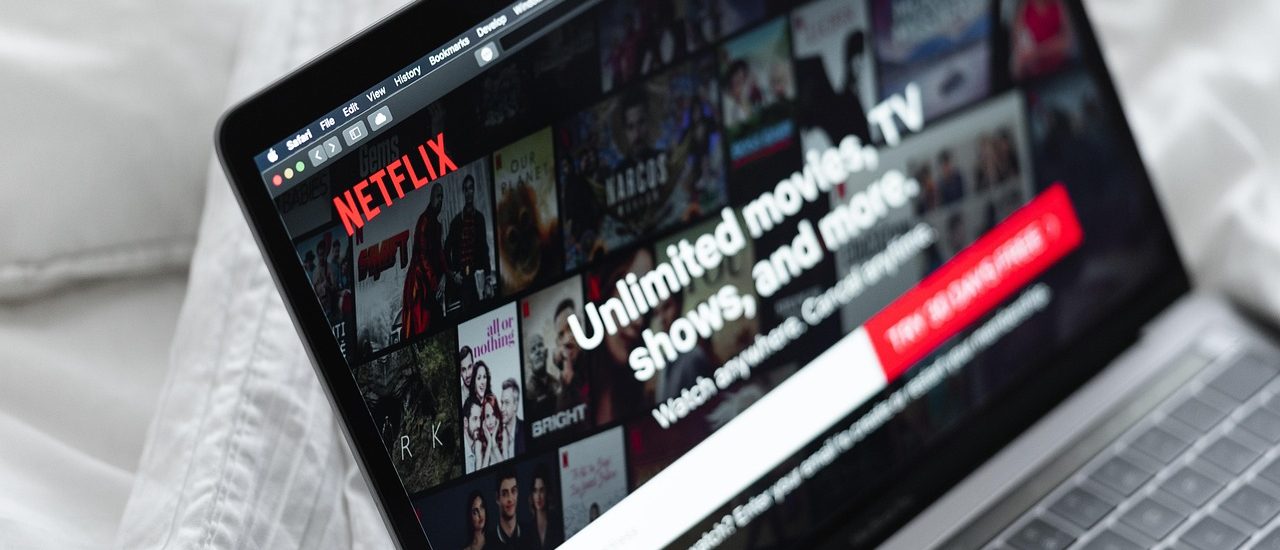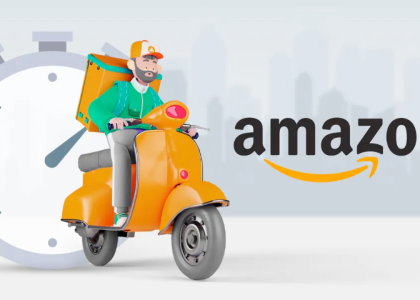Executive Summary
Netflix, the global streaming giant, revolutionized entertainment by pioneering subscription-based video-on-demand (SVOD). However, after saturating the U.S. market, its next phase of growth depended on aggressive international expansion. Netflix adopted a dual strategy of global scalability through technology and hyper-localization of content and pricing to win in over 190 countries. This case study dissects how Netflix grew from a domestic streaming service to a global entertainment powerhouse through strategic innovation in distribution, partnerships, pricing, and storytelling.
Background & Situation
By 2015, Netflix had exhausted major growth avenues in the U.S., where competition intensified with Hulu, Amazon Prime, and cable alternatives. Global internet penetration and mobile data usage presented the next wave.
Challenges:
- Fragmented content tastes across geographies
- Different broadband infrastructure levels
- Regulatory censorship and licensing hurdles
- High piracy in emerging markets
- Pricing power disparity by region
Despite these complexities, Netflix aimed to build a truly global content platform, powered by data and original content investments.
Strategic Objectives
- Scale globally with platform uniformity and low operational friction
- Drive subscriber growth outside the U.S. via local relevance
- Expand original content pipeline for global and regional audiences
- Monetize through tailored pricing and low-friction payment models
- Establish category leadership in SVOD before competitors gain ground
Expansion Strategy: Core Levers
Global Platform, Local Content
- Netflix maintained one global product (same app, UX, algorithm)
- But commissioned thousands of local originals (e.g., Sacred Games, La Casa de Papel, Kingdom, Lupin)
- Used data analytics to identify genre gaps by market
Smart Partnerships
- Partnered with telecom providers (e.g., Airtel, Jio, Vodafone, Comcast) for billing bundling
- OEM tie-ups with smart TV brands (Samsung, LG) for preloaded Netflix buttons
- Payments: enabled UPI, carrier billing, Paytm in India
Tiered Pricing
- Introduced mobile-only plan at ₹149 in India to tap the prepaid, solo-viewing user base
- Price localization based on GDP, ARPU, and competition
Aggressive Content Investment
- $17 billion+ global content budget in 2021 alone
- India: $400 million investment between 2019–2021
- Built internal content studio pipeline to reduce dependency on external licensing
Brand Localization
- Regional social media handles
- Influencer-driven campaigns (Netflix India Instagram = 8M+ followers)
- Launch of Netflix India YouTube for dubbed and BTS content
Execution Excellence
| Market | Execution Highlights |
| India | Sacred Games, Delhi Crime, mobile-only plan, Hindi-first UX |
| Spain | La Casa de Papel localized subtitles + global push |
| Korea | Kingdom, Squid Game – culturally rooted thrillers with universal appeal |
| France | Lupin became a breakout hit through timing, dubbing, and trailers |
| Latin America | Focused on telenovela format with local stars and genres |
Results & Business Impact
| KPI | Value (2023) |
| Global Paid Subscribers | 260 million+ |
| Non-U.S. Revenue Share | 56% |
| Top 10 global shows in 2022 | 60% were non-English |
| India App Downloads | Netflix consistently in Top 10 SVOD |
| Global Churn Rate | 2.4% – among lowest in industry |
Best Practices & Learnings
| Area | Netflix Approach | Insight |
| Content-First Entry | Originals > Licensing | Local stars = global traction |
| Data-Led Curation | Used watch data to greenlight shows | Scale storytelling precision |
| Payments Innovation | Localized methods in each country | Remove billing friction |
| Dubbing & Subtitles | High-quality dubbing across 30+ languages | Enables global scale of local hits |
| Always-On Brand | Influencer + social + meme marketing | Platform brand ≠ content brand |
Risks & Strategic Challenges
- Intense competition from Disney+, Amazon, JioCinema, YouTube
- Slowing subscriber growth in saturated markets
- High cash burn rate to sustain original content production
- Regulatory risks in markets like China, Russia, and India
- Pressure to monetize password sharing without user backlash
Sources
- Netflix Investor Relations Reports (2015–2023)
- Statista: Global SVOD Subscribers
- Economic Times: Netflix India Strategy
- The Verge: International Originals and Dubbing Strategy
- McKinsey: Digital Globalization and Streaming Media
- Variety: Netflix Regional Budgets






